In the search for the most scalable hardware to use for quantum computers, qubits made of individual atoms are having a breakout moment.
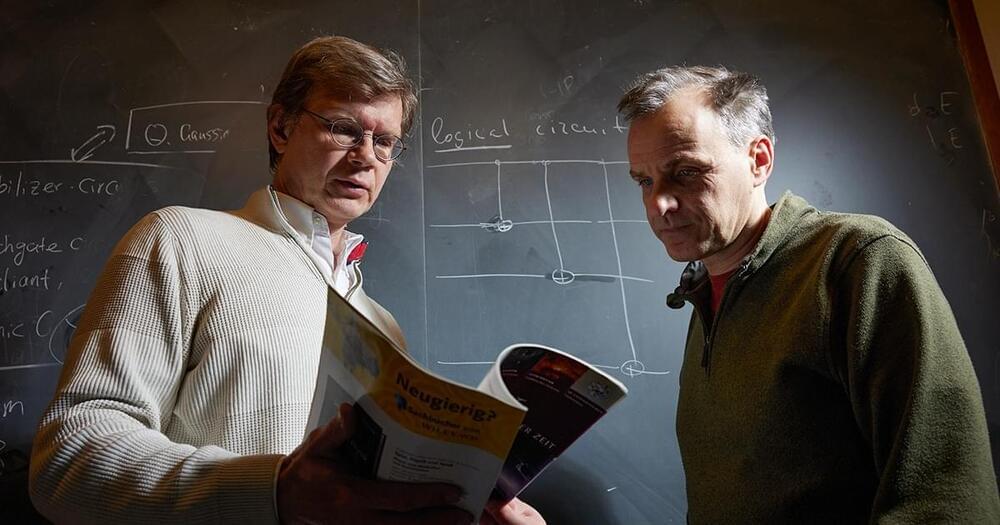

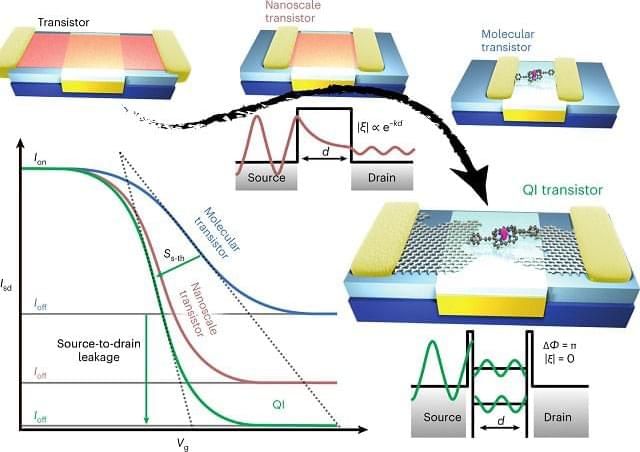
An international team of researchers from Queen Mary University of London, the University of Oxford, Lancaster University, and the University of Waterloo have developed a new single-molecule transistor that uses quantum interference to control the flow of electrons. The transistor, which is described in a paper published in the Nature Nanotechnology (“Quantum interference enhances the performance of single-molecule transistors”), opens new possibilities for using quantum effects in electronic devices.
Transistor are the basic building blocks of modern electronics. They are used to amplify and switch electrical signals, and they are essential for everything from smartphones to spaceships. However, the traditional method of making transistors, which involves etching silicon into tiny channels, is reaching its limits.
As transistors get smaller, they become increasingly inefficient and susceptible to errors, as electrons can leak through the device even when it is supposed to be switched off, by a process known as quantum tunnelling. Researchers are exploring new types of switching mechanisms that can be used with different materials to remove this effect.
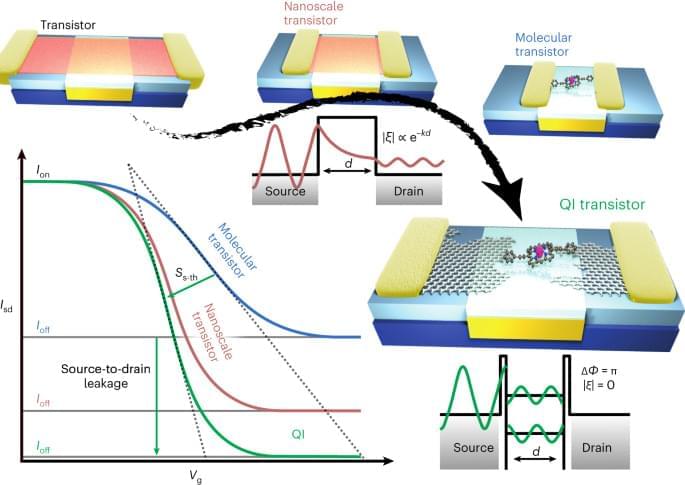
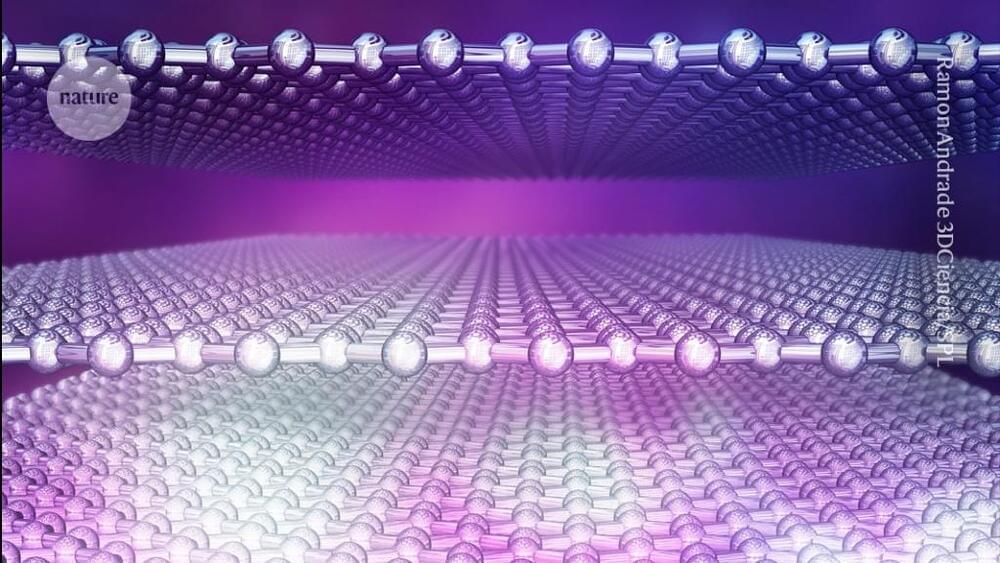
Welcome back to Coding with Qiskit! Join research scientist Dr. Derek Wang as he walks you through the exciting capabilities of Qiskit 1 for utility scale quantum computing.
He’ll show you how to install Qiskit version 1 from scratch and how to run quantum circuits–both unitary and dynamic, all based on some of the latest research papers by IBM Quantum–on devices with over 100 qubits using the latest error suppression and mitigation techniques. He’ll also be learning how to contribute to the Qiskit ecosystem with the help of open-source extraordinaire Abby Mitchell.
Remember to subscribe to get notified when the first episode is out!
Read more about Qiskit 1 here: https://www.ibm.com/quantum/blog/qisk…
#ibmquantum #qiskit #learnquantum
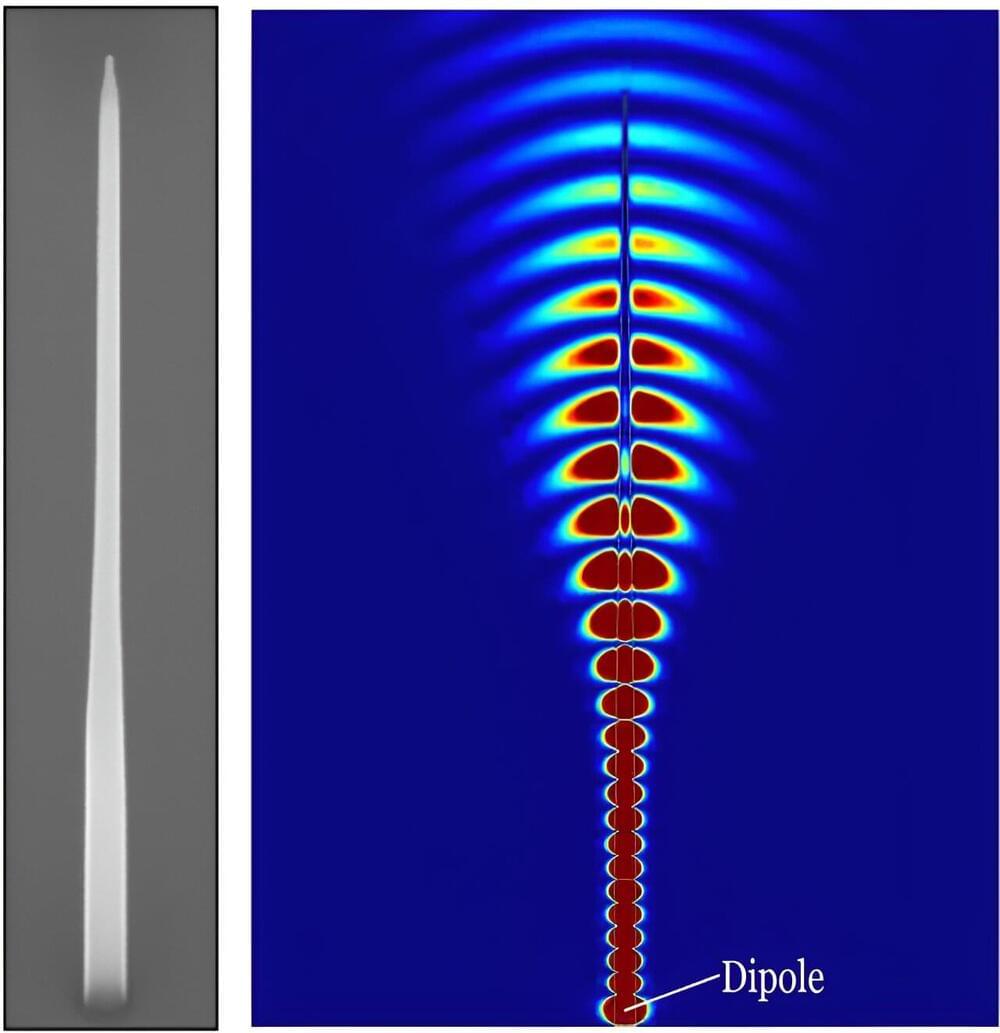
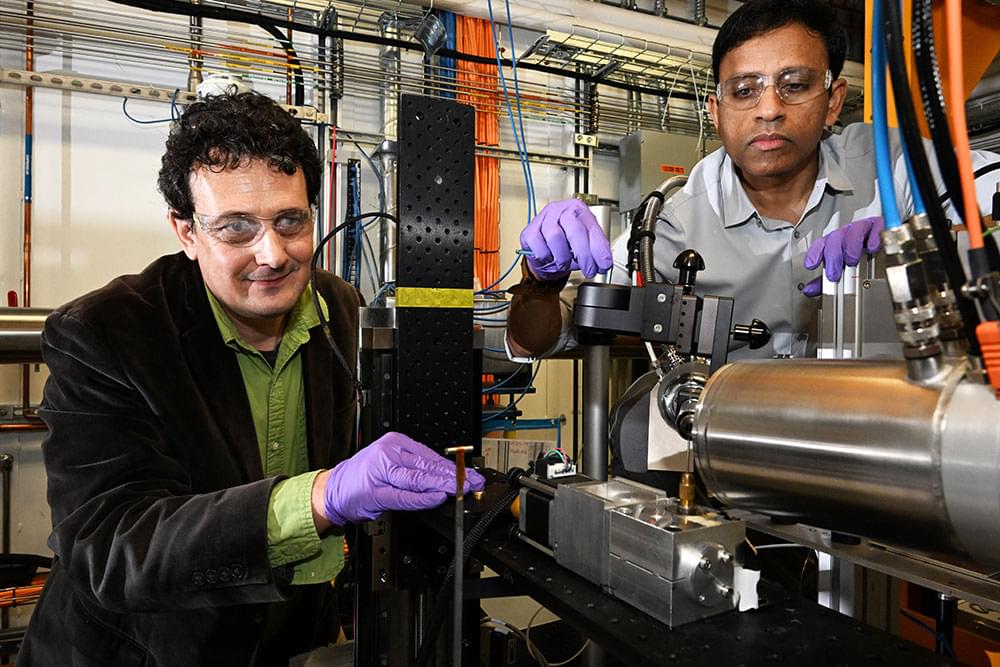
Research often unfolds as a multistage process. The solution to one question can spark several more, inspiring scientists to reach further and look at the larger problem from several different perspectives. Such projects can often be the catalyst for collaborations that leverage the expertise and capabilities of different teams and institutions as they grow.
For half a century, scientists have delved into the mysteries of 1T phase tantalum disulfide (1T-TaS2), an inorganic layered material with some intriguing quantum properties, like superconductivity and charge density waves (CDW). To unlock the complex structure and behavior of this material, researchers from the Jozef Stefan Institute in Slovenia and Université Paris-Saclay in France reached out to experts utilizing the Pair Distribution Function (PDF) beamline at the National Synchrotron Light Source II (NSLS-II), a U.S. Department of Energy (DOE) Office of Science User Facility located at DOE’s Brookhaven National Laboratory, to learn more about the material’s structure. While the team in Slovenia had been studying these kinds of materials for decades, they were lacking the specific structural characterization that PDF could provide.
The results of this collaboration, recently published in Nature Communications, revealed a hidden electronic state that could only be seen by a local structure probe like the pair distribution function technique. With a more complete understanding of 1T-TaS2’s electronic states, this material may one day play a role in data storage, quantum computing, and superconductivity.
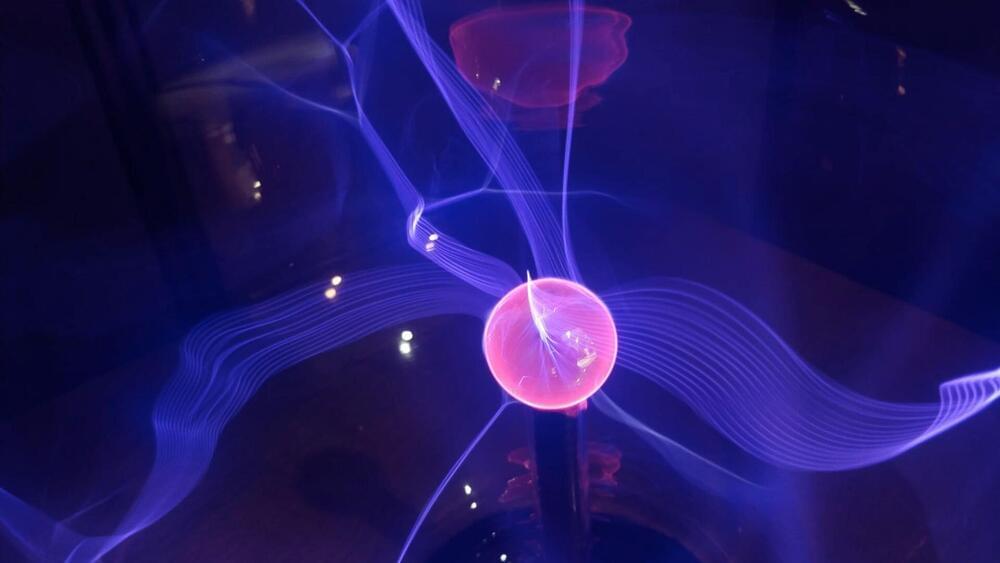
An exploration of the concept of other dimensions and what sci fi gets right about it, and wrong. Also included is String theory’s view of upper dimensions and its descriptions of them.
My Patreon Page:
/ johnmichaelgodier.
My Event Horizon Channel:
/ eventhorizonshow.
Intermission in D by miguel johnson.
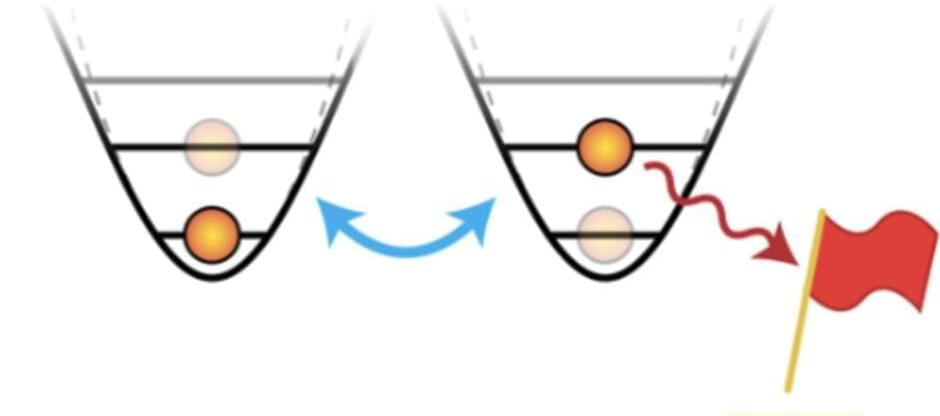
In the race to develop powerful quantum computers, one of the biggest roadblocks has been their extreme sensitivity to errors introduced by environmental noise. Even the smallest disturbance can corrupt the delicate quantum states that form the basis of quantum computation.
Now the AWS Center for Quantum Computing team says they may have discovered a promising solution to this hurdle. The researchers report in a blog post that they have designed and demonstrated a new type of quantum bit, or qubit, that converts the majority of errors into a special class known as “erasure errors” – and these errors can be detected and fixed much more efficiently than standard quantum errors.
The team writes: “Quantum error correction is a powerful tool for combating the effects of noise. As with error correction in classical systems, quantum error correction can exponentially suppress the rate of errors by encoding information redundantly. Redundancy protects against noise, but it comes at a price: an increase in the number of physical quantum bits (qubits) used for computation, and an increase in the complexity and duration of computations.”